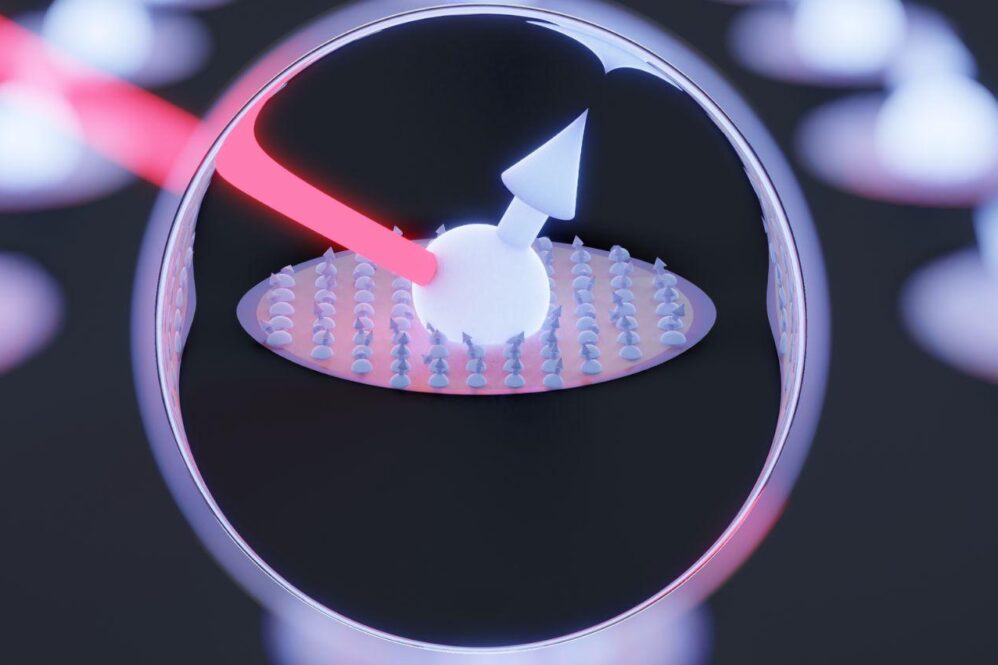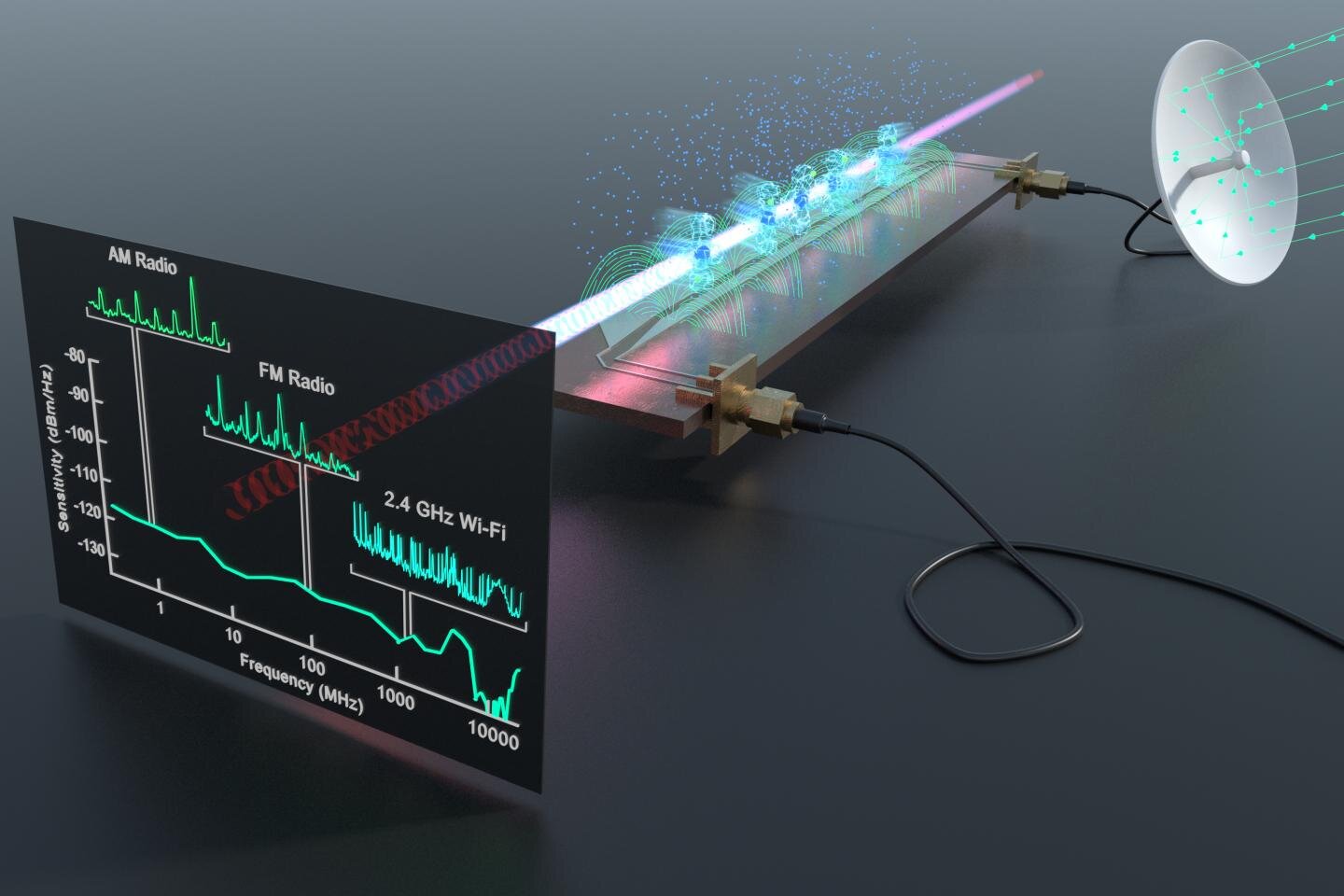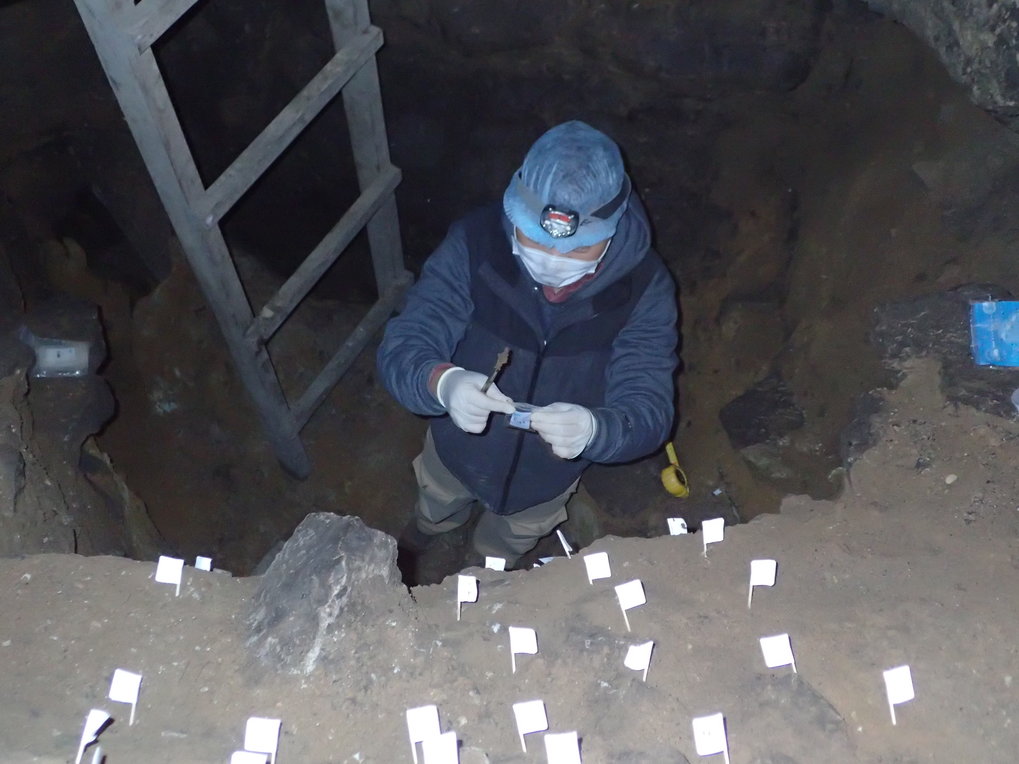An international team of scientists have demonstrated a leap in preserving the quantum coherence of quantum dot spin qubits as part of the global push for practical quantum networks and quantum computers.
These technologies will be transformative to a broad range of industries and research efforts: from the security of information transfer, through the search for materials and chemicals with novel properties, to measurements of fundamental physical phenomena requiring precise time synchronisation among the sensors.
Spin-photon interfaces are elementary building blocks for quantum networks that allow converting stationary quantum information (such as the quantum state of an ion or a solid-state spin qubit) into light, namely photons, that can be distributed over large distances. A major challenge is to find an interface that is both good at storing quantum information and efficient at converting it into light. Optically active semiconductor quantum dots are the most efficient spin-photon interface known to date but extending their storage time beyond a few microseconds has puzzled physicists in spite of decade-long research efforts.
Now, researchers at the University of Cambridge, the University of Linz and the University of Sheffield have shown that there is a simple material’s solution to this problem that improves the storage of quantum information beyond hundred microseconds.





